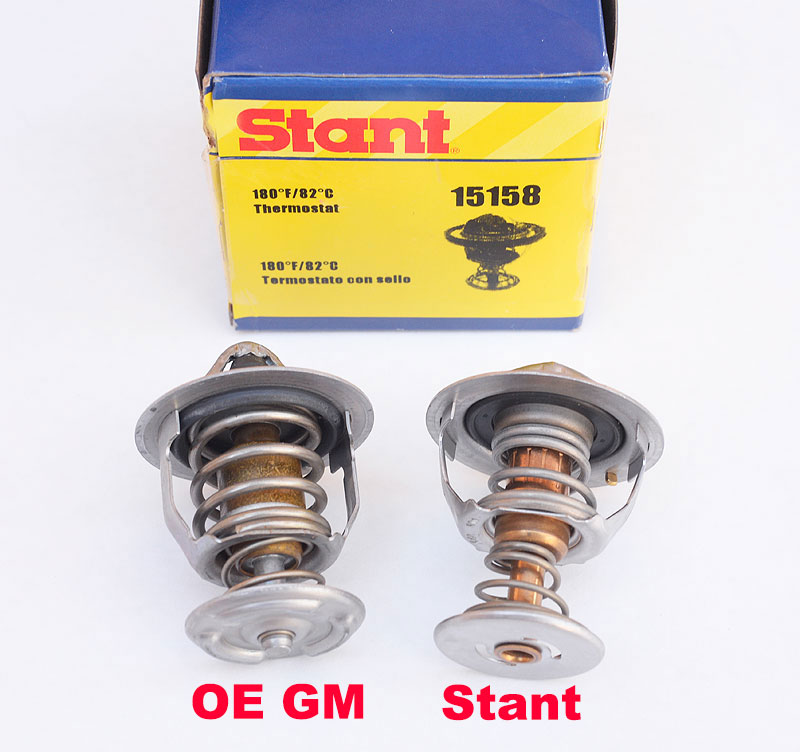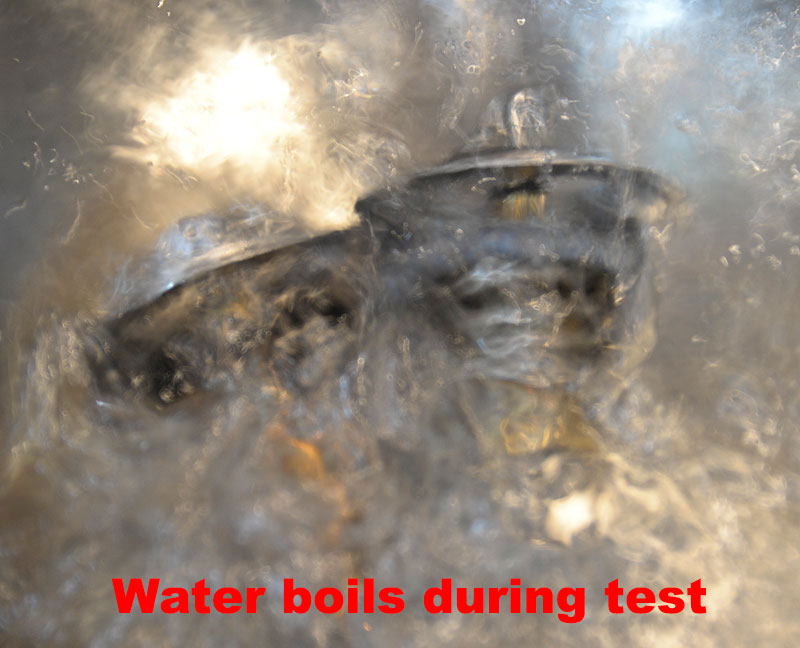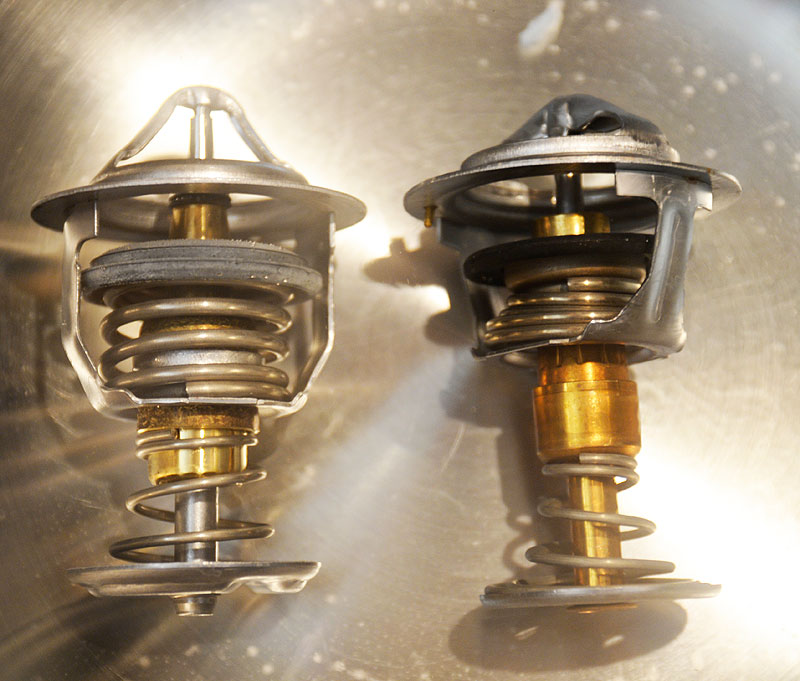When I bought my 2012 Corvette Z06, like I’ve done with my other Corvettes, I went looking for a “somewhat cooler” thermostat. I like to run my engines with 180° thermostats because I believe running the engine a little cooler improves the durability of underhood rubber and plastic parts. I think it reduces the amount of heat absorbed by the firewall and forward parts of the underbody, thus, reducing heat in the interior. A somewhat cooler ‘stat is also part of an overall cooling enhancement strategy which may include, different fan-on settings in the ECM calibration, use of less antifreeze, addition of Design Engineering “Radiator Relief” and, in some cases, a change in radiators.
What I found back in 2012 was that a 180° thermostat for 2009 – 2013 engines in Corvettes was not available. I made a few inquiries and found that, at the time, the market didn’t see a need for a 180 since the stock thermostat opens at 186°F.
A year went by and one day, I was looking around Rockauto.com’s web site and on a whim, searched for a 180 ‘stat for my LS7. Low and behold, they had a new listing from Stant: a 180° thermostat (PN 15158) for 09-up LS3, 7 and 9 engines. I ordered one and Rockauto.com’s quick service had it in my hands by the end of the week.

The Stant 180 for late Gen 4s in C6s looks a little different than an OE AC Delco thermostat but the differences are only cosmetic and not functional. The first thing I did was test the stock thermostat and my new Stant. I put a pot of water on the stove and slowly heated it while monitoring the temperature with my Fluke 88V Automotive DMM. The stock ACD unit began opening at (as advertised) 185-186°F but was not full open by 210°F which was the highest temperature I could sustain because the sides of the pot were boiling the water. The Stant I obtained from Rockauto.com, began opening at 176-178°F and was full open at 200-202°F.
 Next some road testing. Installing the new Stant was simply a matter of draining the coolant, removing the thermostat housing and the ‘stat, installing the new Stant and replacing the housing. It took all of ten minutes to make the change. Then, I refilled the cooling system per the Factory Service Manual. If you follow the FSM procedure you’re unlikely to have problems with air bubbles in the system.
Next some road testing. Installing the new Stant was simply a matter of draining the coolant, removing the thermostat housing and the ‘stat, installing the new Stant and replacing the housing. It took all of ten minutes to make the change. Then, I refilled the cooling system per the Factory Service Manual. If you follow the FSM procedure you’re unlikely to have problems with air bubbles in the system.
On the road, the engine runs somewhat cooler. Cruising at highway speed in sixth gear running 1500-rpm engine coolant temperature (ECT) was 192-194°, four to six degrees cooler than with the stock thermostat. At 2250-rpm in fifth, ECT was 190°. At 3000-rpm in fourth gear it was 185°. All of this was on generally level ground, at 70-mph and in a 78-80° ambient temperature. So, the burning question is: at a given speed how can the engine run hotter then it’s running slower?
Going on past experience I’ve had with the LT5 engine in C4 Corvette ZR-1s, which exhibit the same behavior, my guess is the speed of the water pump at the 1300-1700 rpm the engine turns at highway speed is just a bit slow for optimal cooling. Why is that?
One guess is that the rpm range in which the LS7 needs cooling is wider than the rpm range at which the water pump is efficient, so the pump is run a little too slow at low rpm.
 I’ve been using Stant 180° thermostats in several of the engines in my cars and now, the Stant 180 for an LS7 from Rockauto.com. My past experience is that Stants have good performance and durability, as long as the cooling system is maintained properly. I’m expecting that from the new unit Stant has released for the Gen IV Small-Block V8s in newer Corvettes. Rockauto’s price for the Stant is competitive, the shipping cost was low and because Rockauto.com uses USPS Priority mail, it arrived in short order.
I’ve been using Stant 180° thermostats in several of the engines in my cars and now, the Stant 180 for an LS7 from Rockauto.com. My past experience is that Stants have good performance and durability, as long as the cooling system is maintained properly. I’m expecting that from the new unit Stant has released for the Gen IV Small-Block V8s in newer Corvettes. Rockauto’s price for the Stant is competitive, the shipping cost was low and because Rockauto.com uses USPS Priority mail, it arrived in short order.

